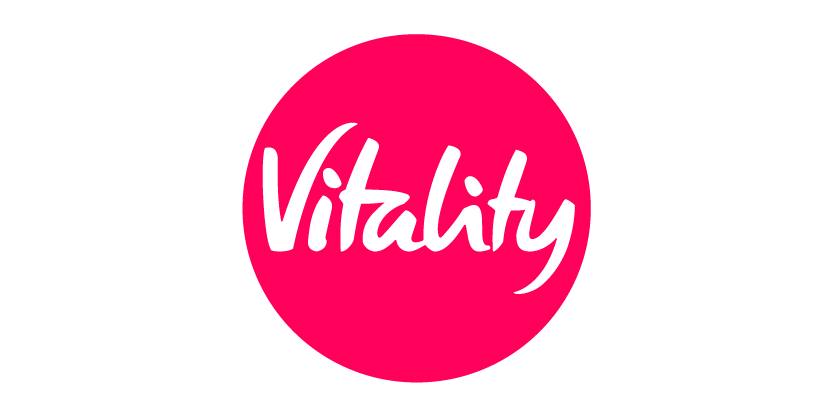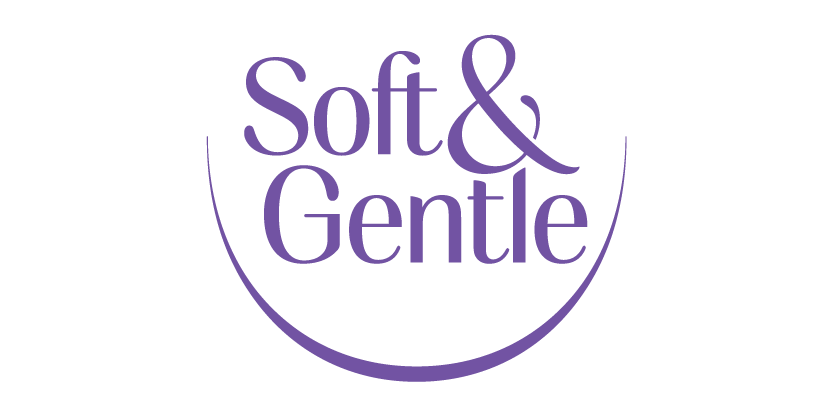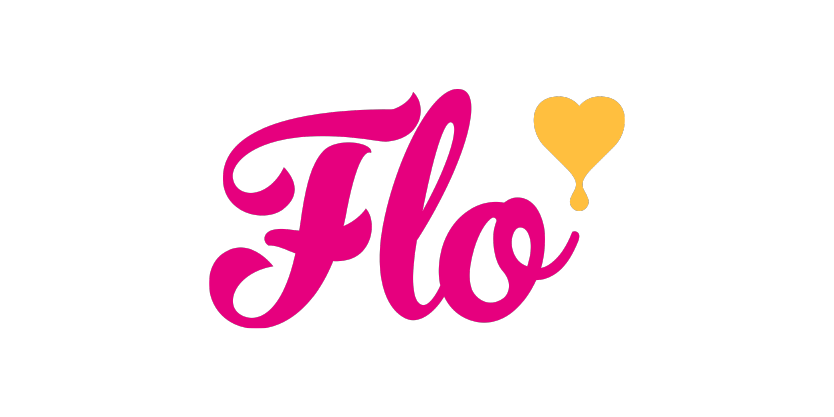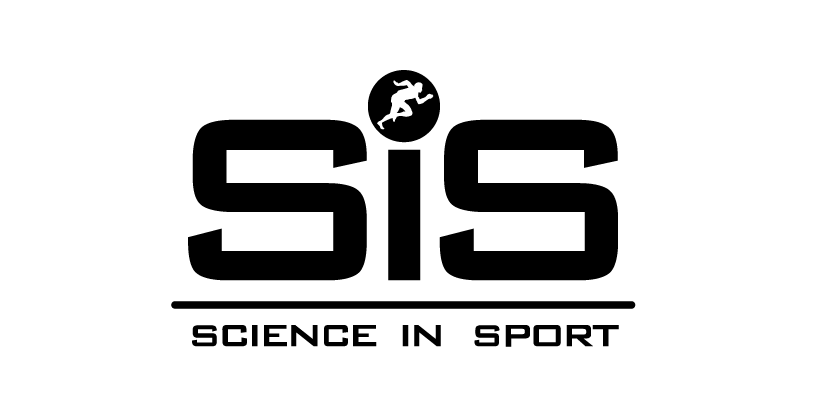Click play for an audio readthrough of this article
This article is primarily for parents but it’s useful for coaches and anyone who works with younger females.
By explaining the menstrual cycle at the right time, in the right way, with the right practical support and information alongside, we can redefine girls’ relationships with their periods, with their bodies, and with exercise.
We can use the opportunity to embed good practice, body literacy, and a sense of power that’ll last for life.
First the facts
A girl’s first period can arrive when she’s as young as eight, or as old as 15. And at the beginning, her cycle may be quite unpredictable …
Adolescent cycles can last up to 45 days. And because the young body isn’t yet used to the surge of cycle hormones, menstrual symptoms can be extreme and erratic: light bleeding and low-key one month, heavy bleeding and strong period pain the next.
Different experiences, different starting points
When we say that a girl’s first period might arrive as young as eight or as late as 15, social and ethnic background do influence that timeline.
Research strongly suggests that girls from poorer households are more likely to start puberty and their periods early, and ethnic minority families are disproportionately linked with lower socio-economic status.
This isn’t about ethnic background exactly, it’s more about relative poverty and the poorer general health outcomes associated with it. After reviewing a study group of girls, research determined that affluence (or lack of) was the biggest indicator in whether a girl would start her period younger than others, with girls’ general health, weight and stress levels all playing decisive roles.
A girl’s socio-economic status also has a huge bearing on her experience of having a period. The term ‘period poverty’ points at the fact one in ten UK girls can’t afford to buy period products. If a girl is unable to cover the foundation costs of her period, she has little hope of funding pain relief, period pants, cups and other management tools and strategies.
None of us are single-handedly going to fix poverty, but we can try to make small differences in schools, clubs and communities. We can make sure Caught Short Kits are fully stocked, we can donate (if able) to period poverty charities, and we can quietly support girls who who, without help, may have to struggle through without the very basics.
Please note
If …
- a girl’s period hasn’t started by the age of 16 …
- a girl’s period symptoms are so severe they’re unmanageable, or otherwise disrupt daily life …
- a sporty girl’s period has started but since disappeared …
… encourage her to see a GP, and give her support to get to the root of the issues, or explore strategies that might make things better.
Periods on a new plain
Parents, coaches … we all want younger girls to cultivate a positive relationship with their bodies. We want them to get off on the right note … and we kind of need to take matters into our own hands.
The education system, right now, is OK at teaching the mechanics of ovaries, blood and pregnancy … but the menstrual cycle is so much more than that.
For one, it’s an amazing part of what makes us female. But lesser known is that the menstrual cycle lives at the junction of biology and behaviour. Its hormone patterns inform our emotions, actions, capabilities and the way we experience the world.
So if we can change the tone and broaden the scope of how we teach, view and discuss menstrual cycles, periods and everything they represent, we can springboard girls into a life infused with more body-positivity, confidence and control.
The talk: timing and tone
The appearance of breast buds in a young girl usually indicates that the period will start within two years. As parents, we can use cues (breasts, pubic hair, changes in shape) to prepare a positive and informative discussion for girls on what comes next.
The message I like to spread when talking periods among groups of young girls is one of empowerment. As a woman, your body is something to be celebrated, and you don’t have to be at the mercy of your menstrual cycle. You can sit in the driving seat.
But in some sense, I know that’s not always what lands. Not initially anyway. Adult females, sure, we get more curious and comfortable with menstrual matters as we move through life, but girls staring down puberty aren’t always so keen.
Still, it’s important to keep the empowerment message and mindset front-and-centre as we hand over the information (ideally before a girl’s first period) with total honesty:
Blood comes out of the vagina for a few days every month or so. It trickles out and you can’t control it, like you might hold in a wee until you get to the bathroom. Period products collect the blood so it doesn’t leak out of your pants. Your period is your body’s way of showing you that it’s healthy. Your cycle is more than just a period, although that’s the bit you have to get used to dealing with by using products at the right time, and remembering to change them. For the rest of the time your menstrual cycle is working in the background: releasing hormones, which are messengers which travel all around your body and brain. The hormones of the menstrual cycle are really important for being healthy – developing strong bones, a healthy heart, a really solid immune system and a healthy happy brain!
Please note
Research shows that when a girl’s first period is acknowledged positively or celebrated as a rite of passage (rather than being ignored or acknowledged negatively), they’re more likely to have a positive body image and engage in behaviours that support good reproductive and physical health.
Run a product demo
A big barrier at the beginning is that girls don’t yet know how to insert tampons. Further, they often need a big dose of encouragement to look at their vulva and vagina with a mirror – or to explore it with their fingers – as they learn exactly what’s down there, and where the tampon goes.
This is a hugely important step to take. It demystifies these bits of our body early in life. It helps to bring a level of comfort in how things work, and embeds more confidence in discussing certain subjects and body parts … ones many adult women struggle to talk about.
You might be surprised that young, active girls often ask me if it’s OK to wear a tampon when they first start having periods. The answer is yes and active girls may benefit from wearing a tampon during sport.
You can use tampons from your very first period. They are totally safe as long as they’re the right size and absorbency; you know how often to change them and can do so comfortably. There are some great videos on YouTube where creative vloggers have come up with different ways to describe and show (using props) how to put a tampon in.
Please note
Be ready for questions. Here’s a selection of things I’ve been asked when I’ve talked to young girls:
- Does the blood spurt out?
- Do I have to wear a tampon?
- What happens if you put two tampons in?
- Can you die from bleeding during a period?
- Why do we have pubic hair?
Oh and while it is a good idea to show how products are used and where they go, don’t ask girls to insert a tampon when they’re not bleeding as it’s painful to remove.
Practical measures
Early in life, periods can happen anywhere at any time. The more active and out-of-the-home she is, the higher the likelihood of a period happening when certain comforts aren’t available.
As parents, coaches and teachers we might not be there when the period comes on, but we can do the next best thing – prepare her. Set her expectations, and ensure she’ll have handy access to what she needs if/ when things kick off.
So I always encourage anyone … everyone … to ensure there are Caught Short Kits of period products in any place where females gather. For younger girls, this means putting them in toilets and changing rooms as well as in school bags and kit bags.
What’s a Caught Short Kit? There’s more in the poster below.
Please note
Assembling Caught Short Kits is one thing, but it’s important girls also know where the kits are located and, crucially, that they can help themselves whenever they need.
Active teens
In many ways, active young girls don’t merge well with puberty.
Active girls can struggle; particularly with their changing shape. When hormones instruct the body to lay down fat at the hips, bottom, and breasts it’s a transformation that can alter a girl’s relationship with her body. It can prompt her to take extreme measures in diet and exercise which could easily result in problems down the line.
It feels unfair, too. Hormones boost boys’ strength and athleticism yet they actually cause a lull in girls’ performance. With new body shapes and curves, a girl’s pre-existing sense of control, balance and coordination gets thrown completely out of whack.
Throw in new pains, symptoms and the risk of leaking … pile on a lack of confidence … add a new emphasis on academic performance … and remember that all this happens in a system where she isn’t understood or catered for as sensitively as she could be …
It’s little wonder two in every three girls will fall out of love with sport and knock it on the head by puberty’s end. More than that, a 2018 Sport England Report found that the majority of girls who do stay active still don’t meet recommended physical activity guidelines.
It’s not forever
When I speak to groups of young athletes there’s definitely a different mindset. Compared to some adult athletes, active younger girls tend to be more invested in what they think of their body and more willing to understand it.
Basically, younger female athletes have a change-mindset and therefore we — parents, coaches and leaders — have a good starting point to work from.
The important thing to communicate is that this is a transitional phase of a girl’s life. It’s not forever. The way the body looks, feels and performs right now is not carved in stone.
So girls need to know they’re supported. And us adults need to encourage patience and consistency in training – and in everything – because the ride might be bumpy for a while. Also, do not let anyone put down or chastise girls about their bodies or their performance, ever, but particularly during this vulnerable time.
It’s also vital we ensure girls are well-fuelled and full of energy. We want to avoid any risk of harmful underfuelling practices – deliberate or not – that put the body at risk. This conversation is very much tied up with the importance of the period and that’s another area for emphasis.
The period is a vital marker of health. Big fluctuations in its timing, symptoms and characteristics are a sign of disharmony in the body. A regular, somewhat mild and predictable period is the ideal, and a stable, steady lifestyle can help to maintain that ideal. Big changes in activity, stress levels, diet and so on risk disrupting the period.
Symptom control: habits for life
In the spirit of empowerment, a conversation about managing menstrual cycle symptoms is a massive step towards progress that’ll last her for life.
A girl who suffers from severe period pain in her early cycle will cope much better through life knowing that she can manage her symptoms and doesn’t have to be a prisoner to them.
Also, because pain and embarrassment around periods are big reasons girls don’t want to exercise – and why 64% drop it like a hot rock once they’re through puberty – being able to take control of symptoms is empowering. She’ll know how to stay comfortable whatever the day holds.
If we add in communicating how hormones influence body and brain we can help girls gain deep insight into their moods and behaviours. Knowing what different hormone phases do from a young age is a fantastic grounding ahead of other life challenges, such as pregnancy or into perimenopause, where the hormone rollercoaster continues.
We can also communicate the importance of lifestyle. In many ways it’s medicine for period pains, and we can land that message early.
Exercise
Exercise has been shown to alleviate many menstrual cycle symptoms. Although heavy exercise can be uncomfortable on key days in the cycle, gentle movement such as stretching, walking and yoga can ease period pain.
There is a culture of girls escaping PE or training due to their period pains, but as adults we can begin to tackle this. The fact is that exercise can help alleviate symptoms and, crucially, it’s likely to boost mood too.
Sleep
The benefits of sleep in almost every area of life are well-documented, and sleep is another form of medicine for the menstrual cycle.
Although adolescents should get 8-10 hours of sleep per night, studies show that half of active adolescents don’t manage this. It’s up to us adults to fly the flag for sleep.
Sports bras
Another common symptom of the menstrual cycle is breast pain / tenderness, for which the best solution is a well-fitting bra and a sports bra during exercise. To this day, four in five adult women don’t wear the right bra and sports bras are vastly underused.
In teens, who are just getting to grips with their developing breast tissue, 50% don’t wear a sports bra when doing exercise. So by educating girls around good breast support now, we can ensure cycle-related breast pain can be managed and needn’t follow her through life.
Please note
After teenage girls (87% of whom reported breasts as a barrier to exercise) were given some education on breasts and exercise, they became less embarrassed, felt more confident in choosing the right bra, and reported a desire to do more exercise.
Well done for making it this far!
In reality, the above – though it’s a big read – is not the full story. Nonetheless, it offers a good, solid set of instructions to guide a young girl through her first period and embed knowledge and practice that’ll help her – now and later.
The fact is, in many ways we’re picking up the slack of a system that, since forever, has neglected to teach the female body properly. And until the system catches up (it’ll take a while) we have to take matters into our own hands to ensure girls take body positivity with them through life.
The dropout rates in sport are appalling, girls versus boys, and all of us suffer as a result. We lose budding talent, we see how poor body literacy impacts confidence and health through life, and we rob girls/ women of the chance to see exercise for what it is.
There are two cycles at play. There’s the cycle of bad information, poor body literacy and trying to fit girls into a world that hasn’t been built for them. Then there’s the menstrual cycle which is a wonderful part of being female and which can be used as a bedrock of confidence and control.
One cycle we need to break, the other we need to champion.
As a reminder, the content of the course belongs to The Well HQ. You have permission to access and use the content yourself or, if you are an organisation, for the number of users selected, but are not otherwise permitted to share such content with others, all in accordance with our Course Terms and Conditions.



























